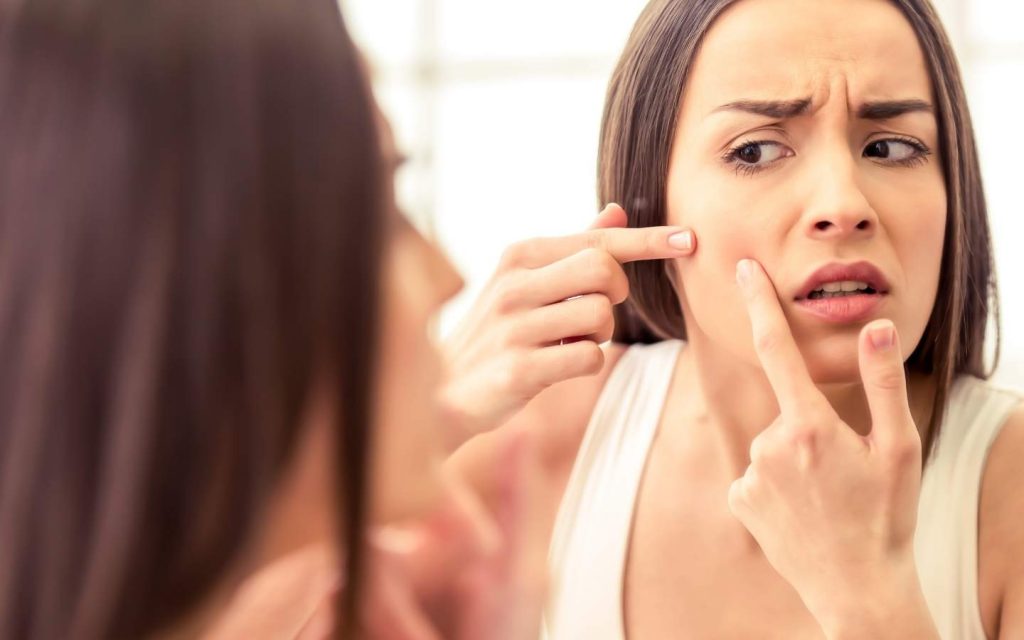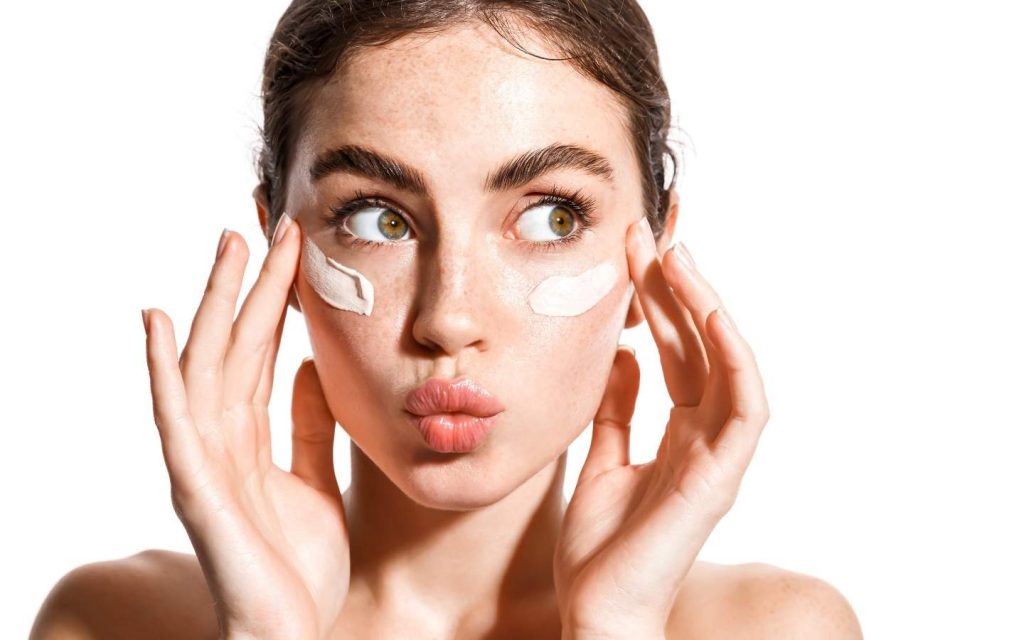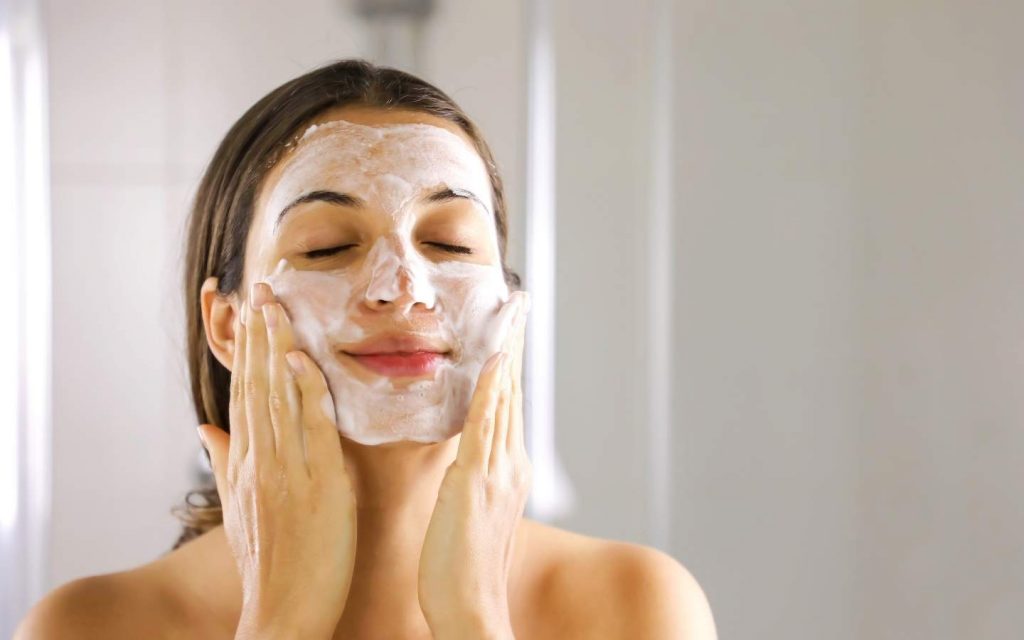

In this article you will learn how smoking affects your skin and how you should take care of your skin after quitting smoking.
Smoking and the skin
Smoking is considered one of the unhealthiest habits, yet it is widespread and embedded in everyday life. While it mainly harms the lungs, most consumers forget that the skin suffers as well. When smoking a single cigarette, we inhale more than 4,000 chemical substances, 200 of which are toxic to the human organism and 40 of which are carcinogenic. With such a high number of harmful substances, it is not surprising that smoking not only affects the lungs. Regular smoking also changes our largest organ, the skin. It is attacked from the inside as well as from the outside, looks pale and impure and ages faster. But if you stop smoking, you can counteract the damage and revitalize your skin after you stop smoking.
Smoker skin and non-smoker skin
What happens to the skin after quitting smoking?
The right care for the skin after quitting smoking
Even though the skin regenerates itself after smoking cessation, it should be supported with appropriate care. The skin of smokers needs a lot of moisture, exfoliation and a good sunscreen. These steps are considered the basis for any skin care routine.
The right serums additionally help in the production of collagen and elastin. From a dermatological point of view, these are the same aids as for non-smokers. Early wrinkle treatment is useful and probably needs to be repeated more often because smokers’ skin ages faster. In any case, a complete and regular skin care routine is advisable.






